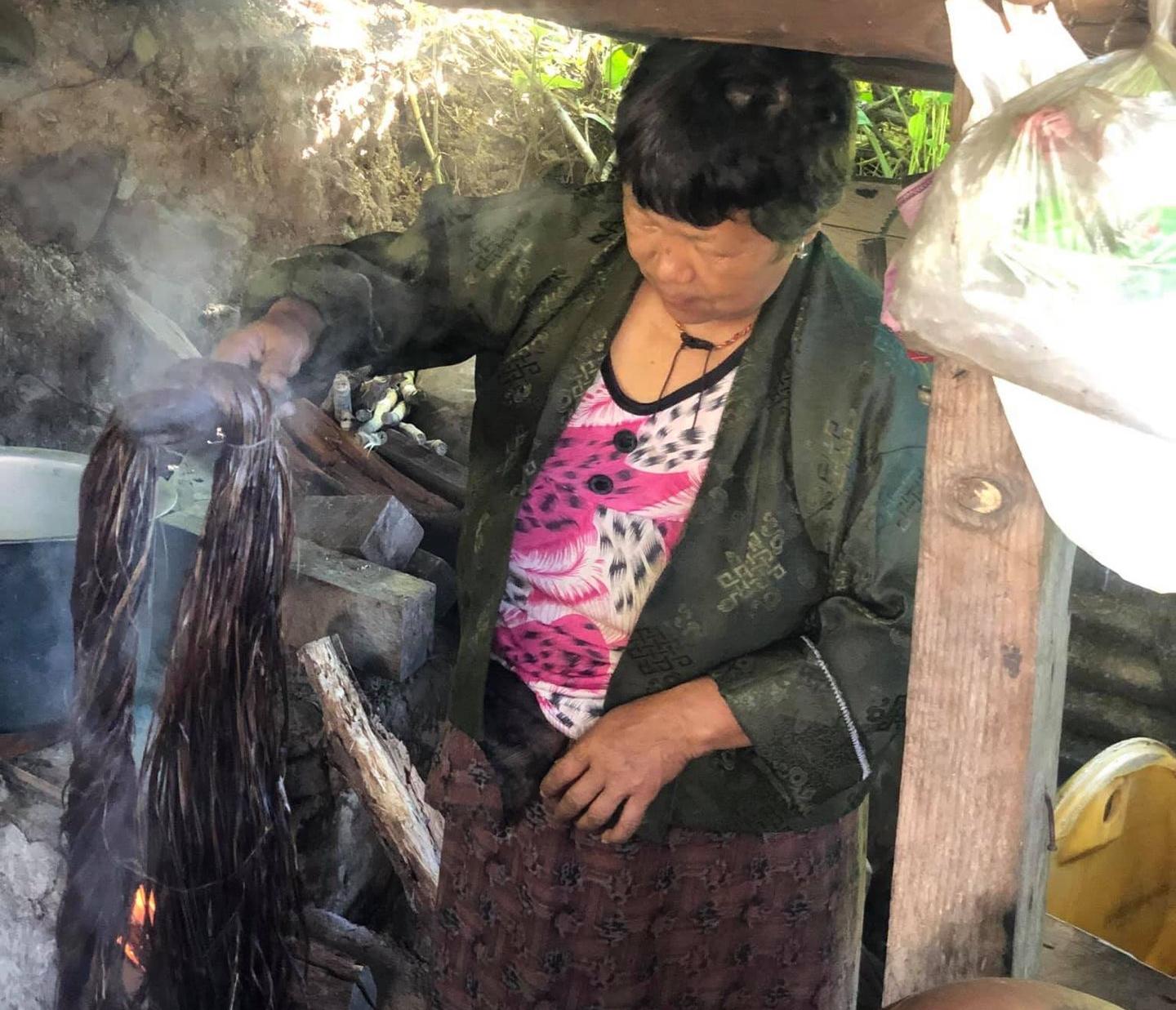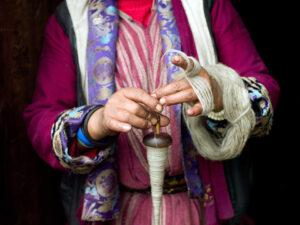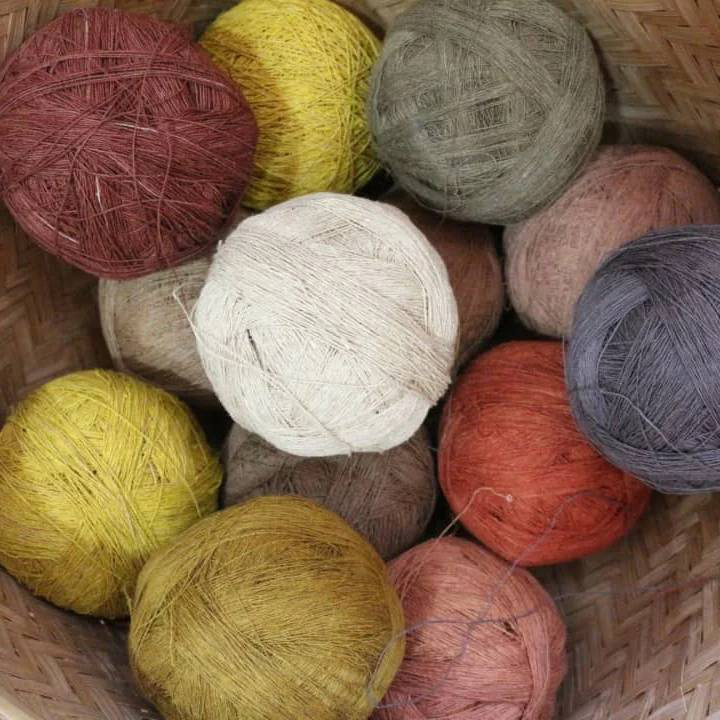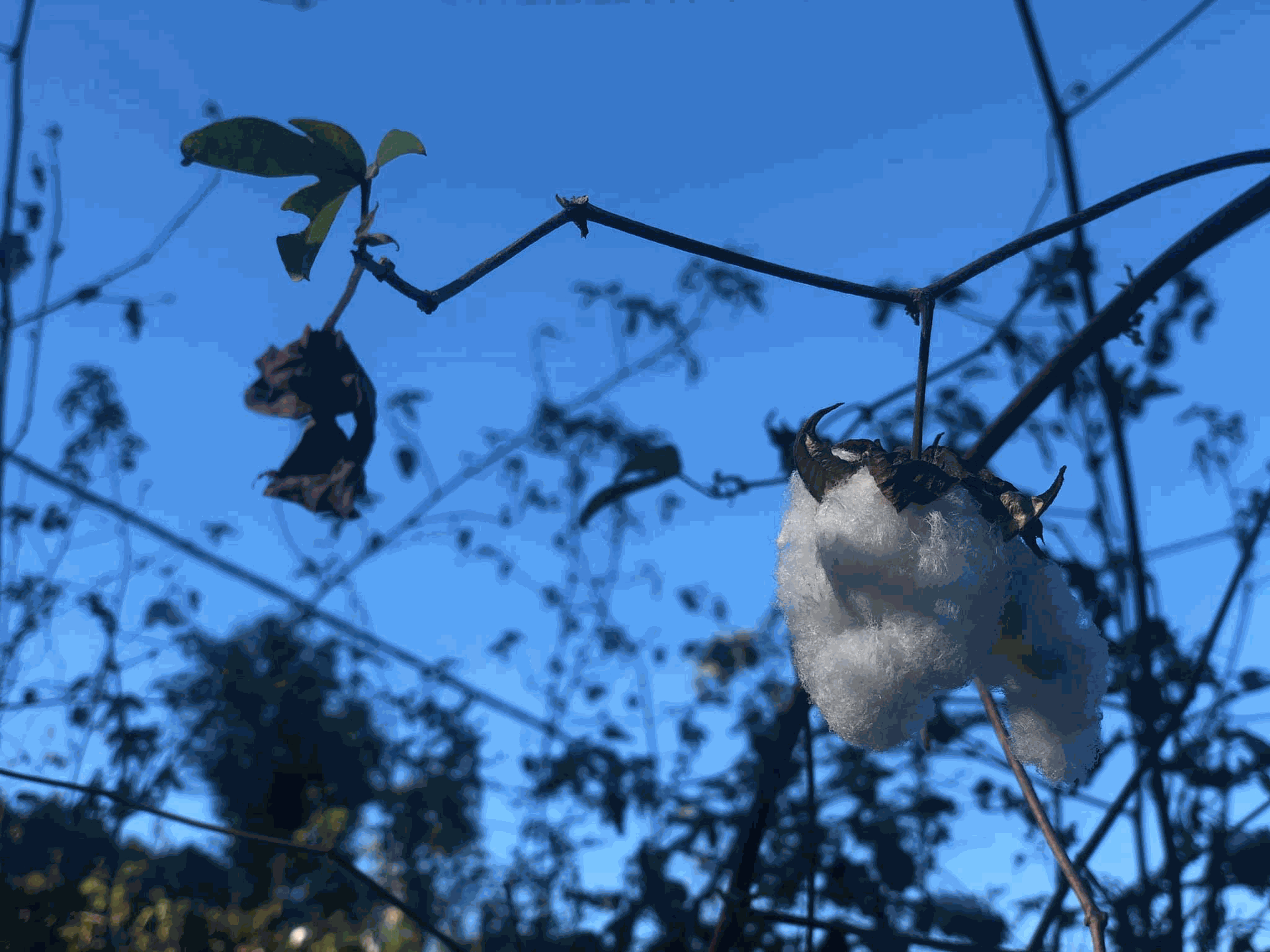Natural Fibers

Indigenous Nettle
Nettle, a traditional Bhutanese plant, is a significant cultural heritage in regions like Lhuentse, Samdrup Jongkhar, Mongar, and Trongsa. Indigenous communities in Trongsa have preserved the tradition of extracting and weaving nettle fibers for centuries, which is a vital craft and income source. The fiber is used for ropes, mats, bags, jackets, and blankets, and is now being revived for textiles.

Wool
Bhutan's highland culture relies heavily on sheep rearing for essential products like blankets and clothing. However, the practice is declining due to better income sources, wild animal predation, pastureland loss, and imported goods. The Bhutanese Highland Sheep is the primary sheep species, used for sustainable farming and handwoven blankets. These blankets symbolize warmth, heritage, and familial bonds.

Mulberry Silk
Mulberry Silk, a luxurious fabric made from silkworms nourished on mulberry leaves, is a symbol of Bhutan's reverence for their land and traditions. It embodies sustainability, elegance, and respect for nature, reflecting Bhutan's commitment to preserving its cultural heritage and earth's beauty.

Eri Silk
Eri Silk, sourced from community farmers in Radhi, Tashigang, Bhutan, is a unique and compassionate silk produced using ancient Bhutanese techniques. Unlike conventional silks, Eri Silk allows moths to fly freely, preserving their life. The community harvests this natural fiber with reverence, and it sustains their livelihoods and serves as a part of their barter system. Eri Silk embodies compassion, sustainability, and a deep connection to the land, making it a unique treasure of Bhutan.

Forest Cotton
Thongsa village in Bhutan is a pioneer in sustainable farming, cultivating the rare Forest Cotton. The community, with deep roots in their ancestral land, uses Tseri, a shifting cultivation and crop rotation method. The cotton thrives with minimal water and no harmful chemicals, and the land is rotated to allow soil to regenerate. The villagers also cultivate maize as their staple food, ensuring they nourish the earth and their families. By planting cotton and maize in careful rotation, Thongsa is not only preserving their way of life but also acting as stewards of the land. This delicate balance between nature and culture is weaving a future rich in sustainability and tradition, preserving a legacy and nurturing both their culture and the earth with each cycle of the seasons.